Pakistani fashion has a history as rich as the country’s seventy-some years, where each passing decade brings a revolutionary change into the way the nation chooses what to wear. Each passing year has brought forward new thinking and a completely different style to the market, and to date, it continues.
From the era of the gharara shaping the identity of the new Pakistani woman to the age of prêt and ready-to-wear, it’s a heritage of change, evolution, and dynamism like no other.
Join Diva as we take you on a sensational journey of Pakistan’s age of fashion…
The 1940-1950s: The Gharara, The Dupatta, The Pakistaniat
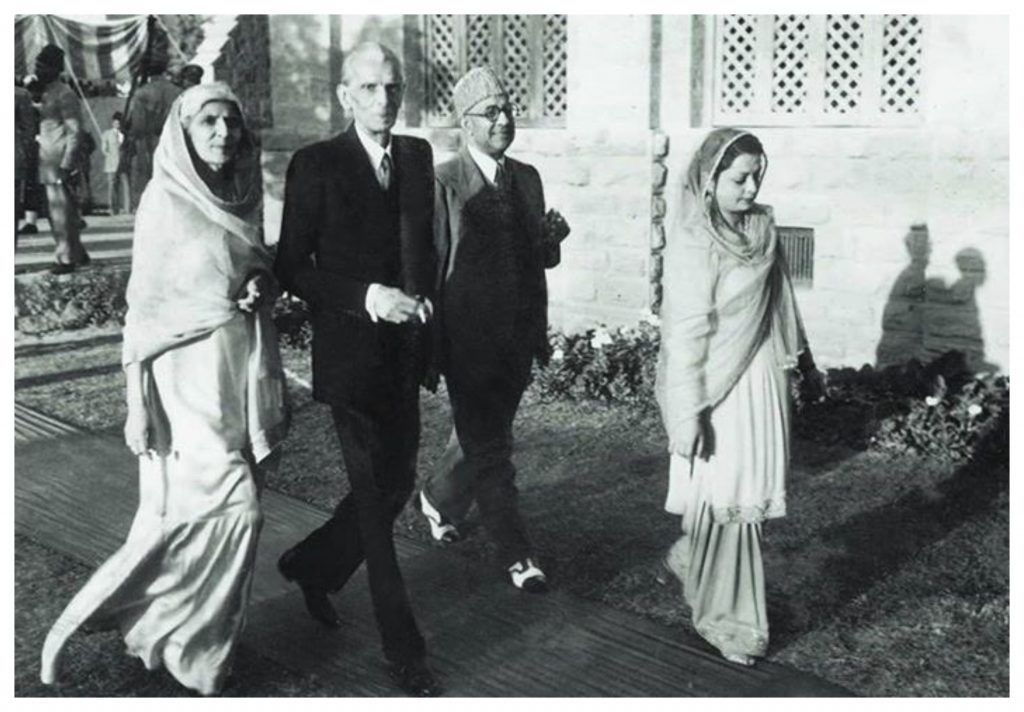
The tumultuous birth of Pakistan in 1947 brought forward its own fair share of challenges for the new state. Amidst the difficult tasks was to ensure assimilation of everyone into one, uniformed culture. The best way to do this was seen by creating a look that would define the ‘Pakistani woman’ in the 1950s, which was heavily influenced by the looks of women leading the nation, such as Fatima Jinnah and Rana Liaquat Ali Khan.
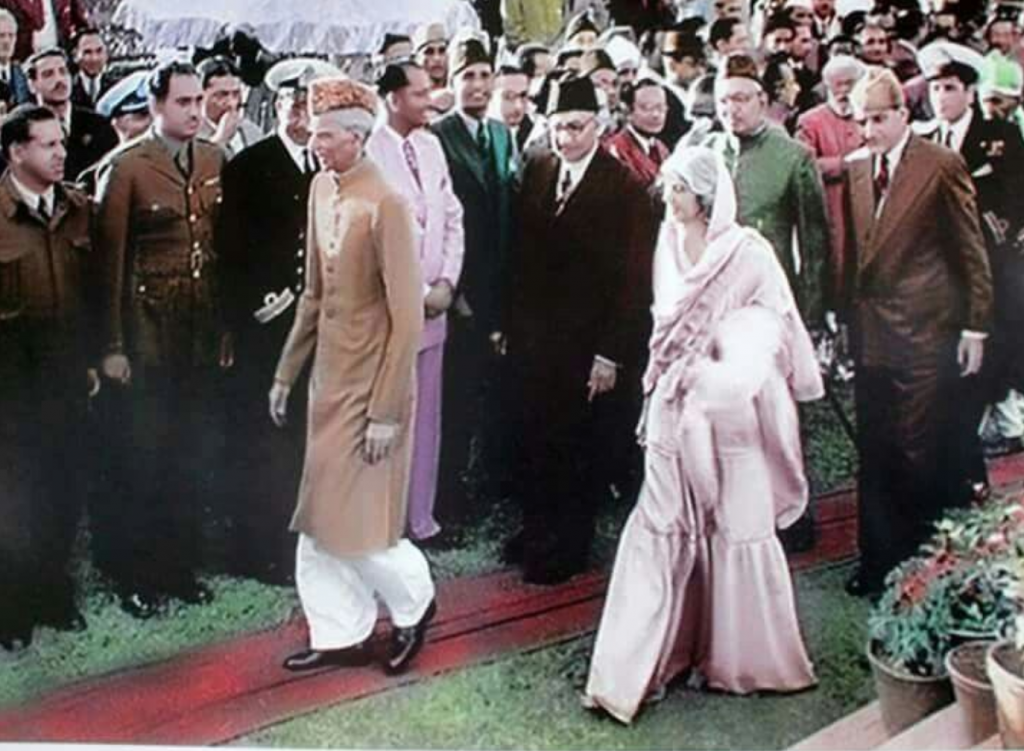
The look, which saw heavy use of gharara – a traditional Subcontinental style of wide-legged pants paired with a Kurti, and a Dupatta, became the norm and the fashionable ideology of the nation. On the flip side, however, women from East Pakistan, metropolitan Sindh, and Punjab continued wearing their Shalwar Kameez and Saris, respectively.
The 1960s: The Winds of Change
The 1960s was a riveting decade for the globe, and Pakistan too saw its fair share of ebb and flow during these years, along with major modernisation. The country was looking towards the west for its trends, and this was largely seen through the growing club-culture and ‘high society’ lifestyle that the citizens started embracing.
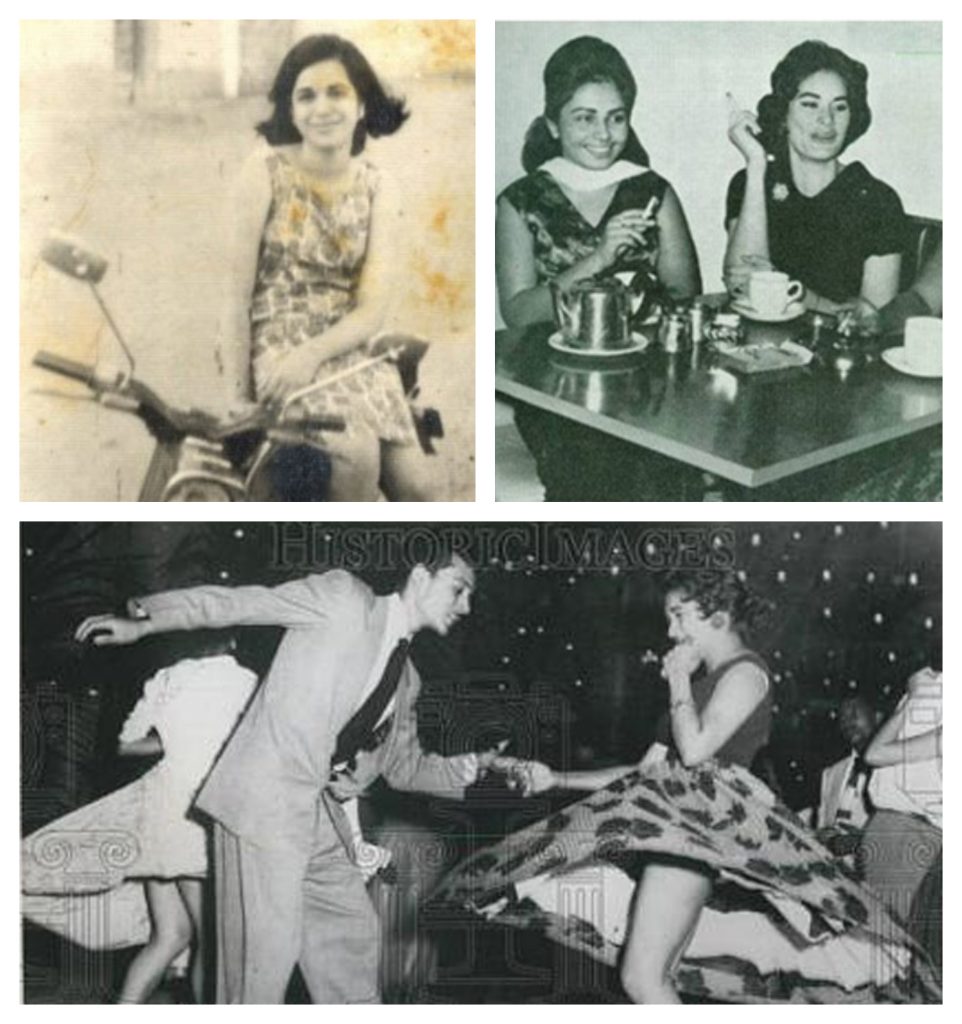
Naturally, fashion too started complementing the trends of the decade and a mix of maxi dresses, gowns, along with saris became the cultural, fashion, and status norm for many.
The 1970s: The Hippie Flair
The 1970s may have started with the fateful separation of East Pakistan and an impending war with India, it soon grew into one of the most defining decades for the country. The nation saw countless changes in the shape of the hippie movement finally making its way towards Pakistan and the new-culture it brought forward.
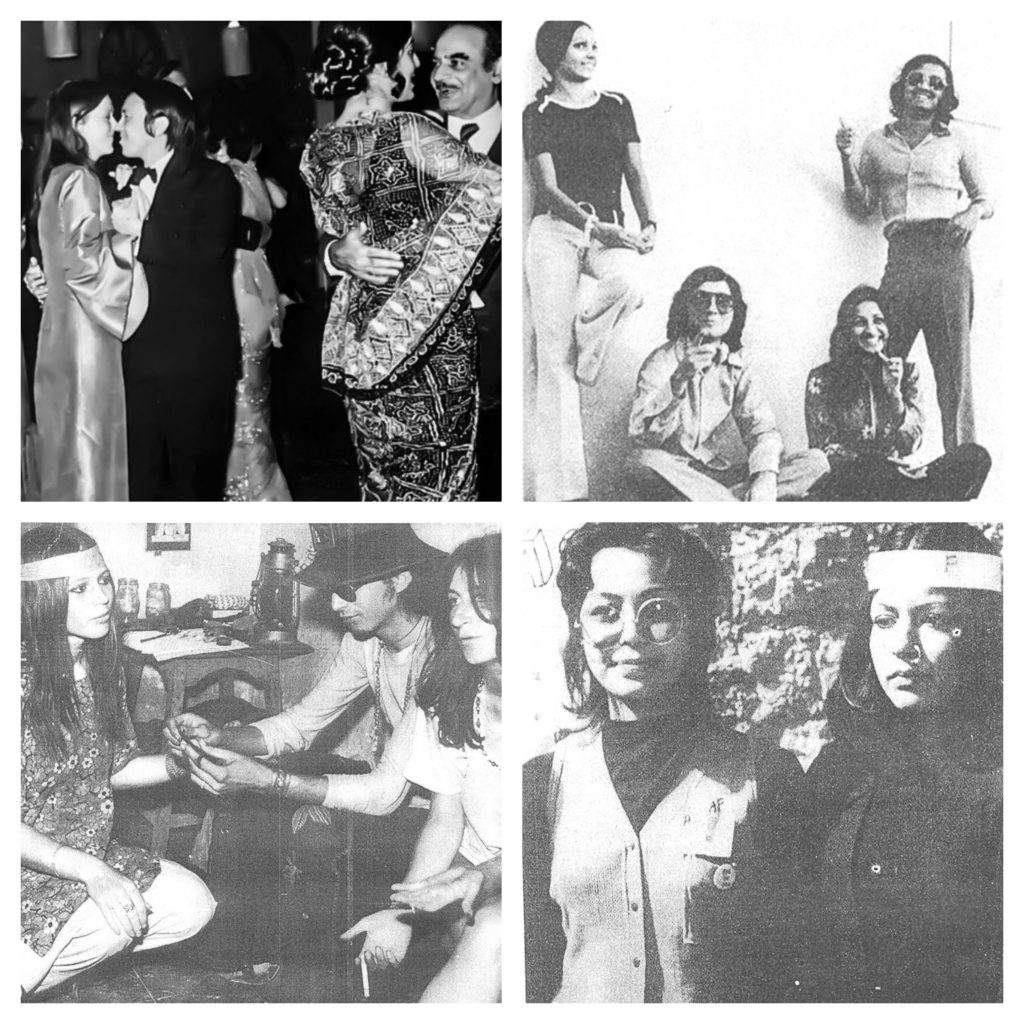
Flaired pants, floral prints, bell-bottomed jeans, chunky jewellery and accessories, all became part of the fashion age and the new generation readily accepted it. At the same time, Pakistan saw its own fashion revolution in the shape of its first major ready-to-wear western institution, Teejays by Tanveer Jamshed, along with names like Maheen Khan, and Sanaullah growing in popularity.
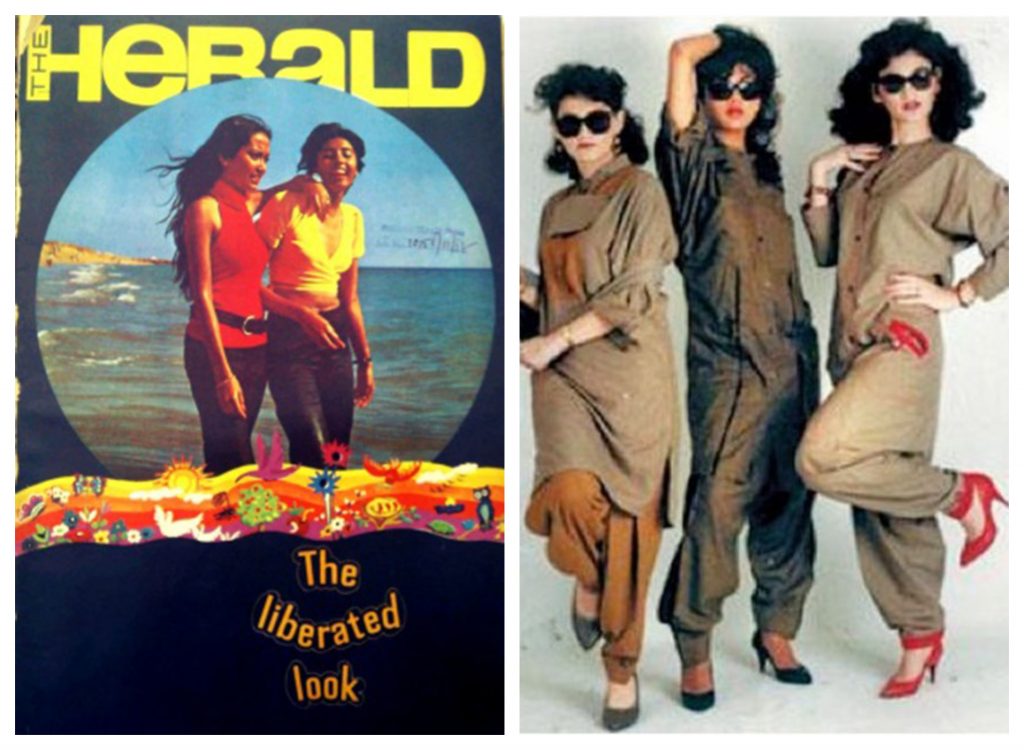
The new mix of fashion into Pakistani society became synonymous with the youth of the nation, and soon, fashion brands such as Teejays actively marketed to the demographic via smart-advertising by becoming the ensembles of Pakistani Television stars in popular shows. Similarly the line “Banno Lage Hai Kyun Na Pyari, Pehne Hai Sanaullah Ki Sari” would continue to be remembered forever.
The 1980s: Disco Deewane With A Dupatta
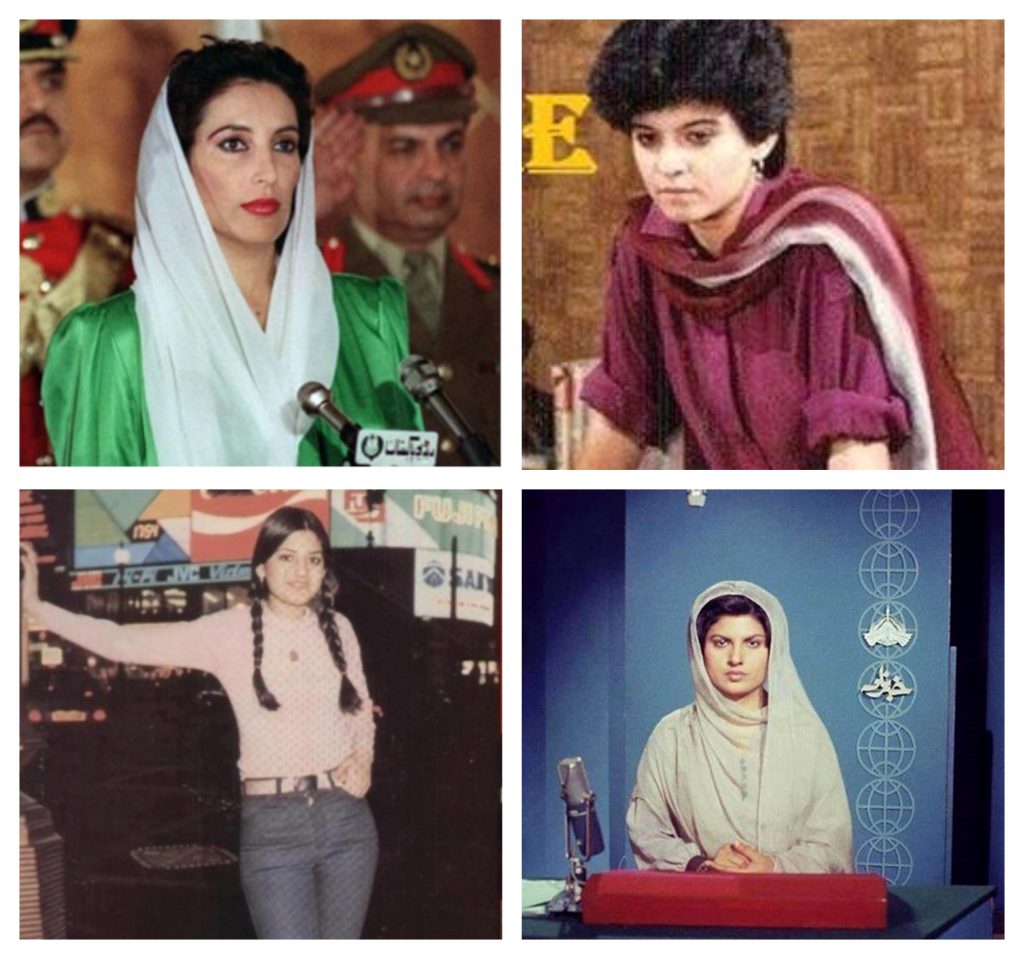
The 1980s were perhaps the most polarizing years that Pakistani could have seen. On one end, the new military government of Zia-ul-Haq sanctioned its own ideological reasoning of religion onto society, while on the other the youth started shaping a counter-culture through the advent of pop culture and style – which would soon make them the face of Pakistan in the 80s. Names like Nazia Hassan and Marina Khan would dominate the culture for years to come.
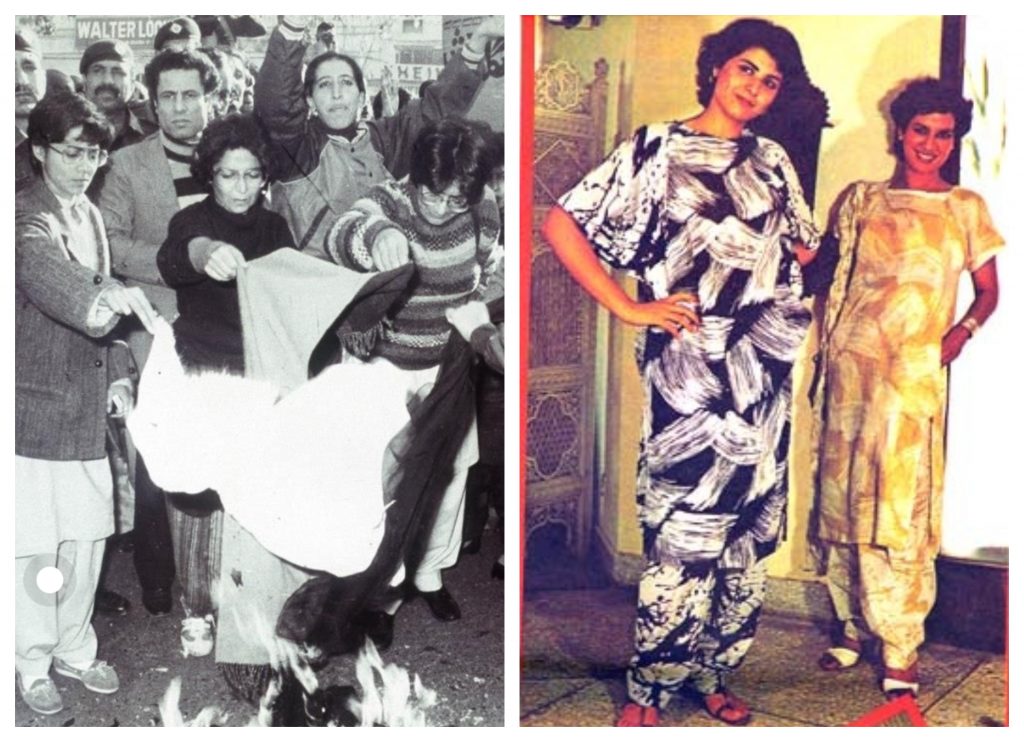
On the other side, cracks started appearing in the strict dictatorial rule of Zia with many protesting the compulsory implementation of the Dupatta, and leaders like Benazir Bhutto starting to win hearts as the new wave of liberalism. It was also during this decade, that the stylish new Prime Minister Bhutto would make her own statement with a Pakistani flag coloured green ensemble on her oath-taking ceremony by Maheen Khan – which hinted towards the rise in popularity of the fashion designers.
The 1990s: The Couturiers Rise
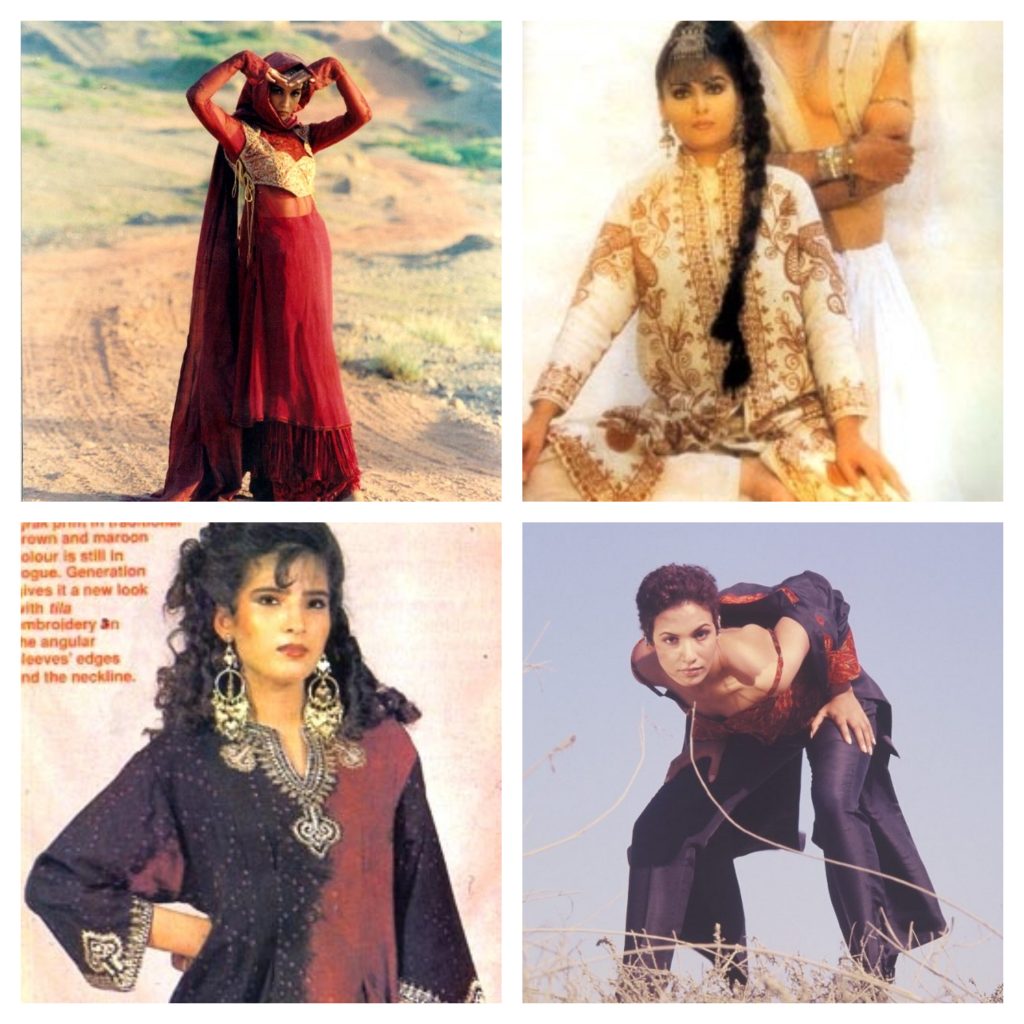
The 1990s came as a decade of going back to the ideologies that the country had in the 70s, but truly a lot had changed to ever look back. Pakistan was bursting at its seams, and it was truly a time where anything could have been done. In such a time, the country’s top tier designers saw an opportunity to grow bigger and some such as Rizwan Beyg became known for dressing the biggest global leaders such as Princess Diana of Wales, who visited Pakistan.
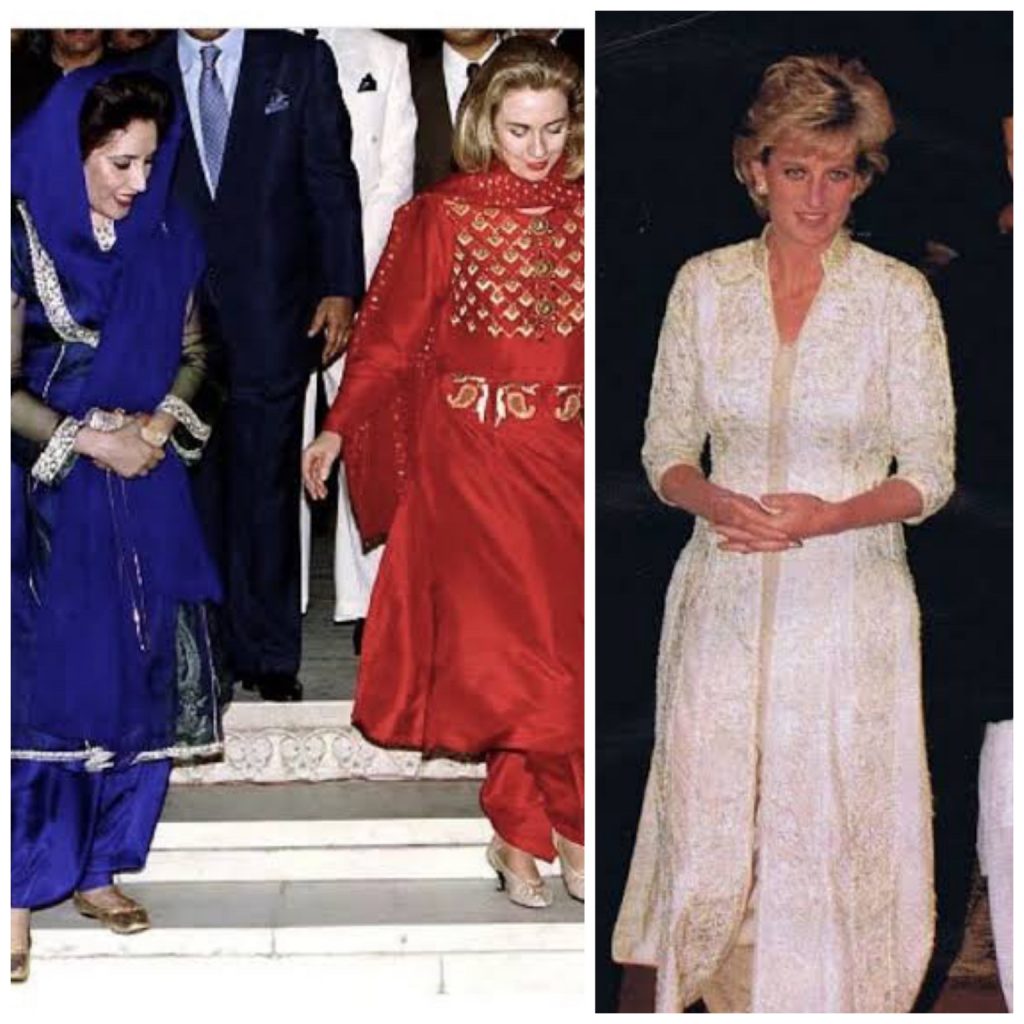
The boutique culture became big by the end of the 1980s, and by the start of the new 90s decade, out came major designers such as Rizwan Beyg, Nilofer Shahid, Sana Safinaz, Shamaeel Ansari, Amir Adnan, Faiza Samee, Umer Sayeed, Shehla Chatoor, Body Focus Museum, and Bunto Kazmi, amongst others who would bring the revolution of fashion into the country.
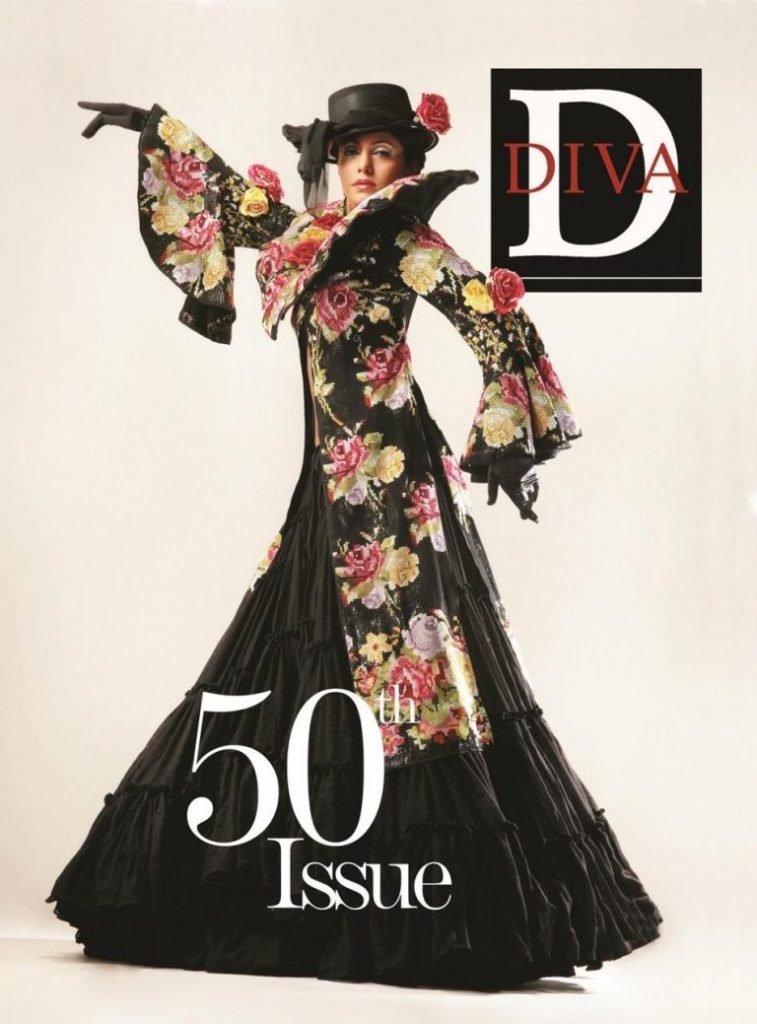
At the same time, the country saw the final rise of fashion magazines before the coming of the Internet and the gradual death of print and glamourous editorials of the 1990s.
The 2000s: The Devil Wears Lawn
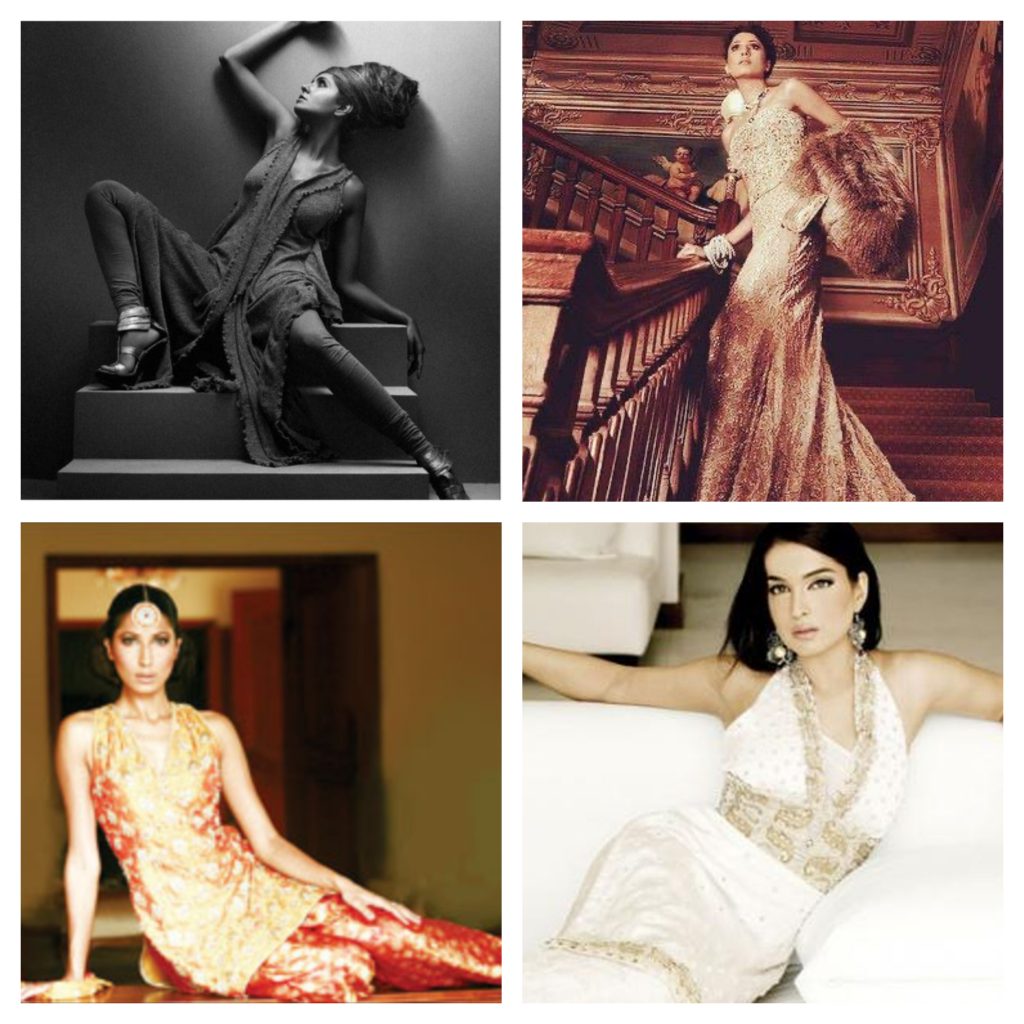
While the 1990s gave us top designers, the 2000s added to it by giving us yet another batch of top-tier designers along with supermodels. It was the era where brands such as Khaadi came into limelight and fabric like lawn became the new fashion currency with almost everyone wanting a piece of that pie, including major textile brands like GulAhmed, AlKaram, and Nishat.
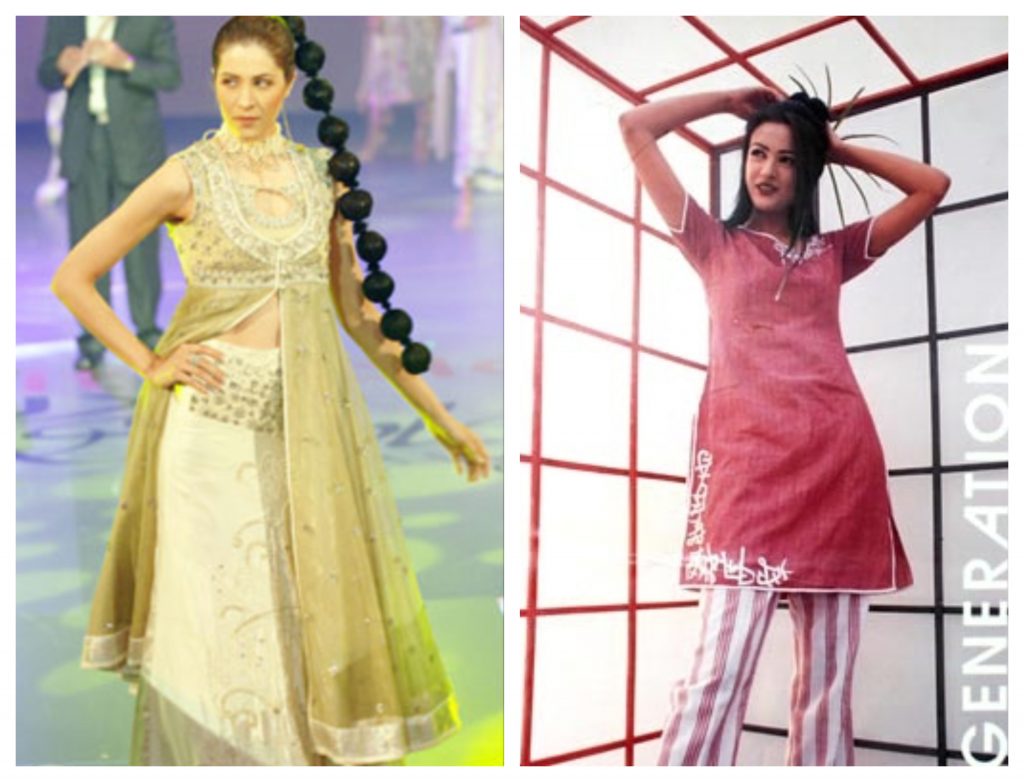
The decade also saw fashion weeks becoming a norm after many contemplations, where style would find many new meanings and experimentation would run high. The years also saw names like Nomi Ansari, HSY, Zaheer Abbas, Wardha Saleem, Sonya Battla, Kamiar Rokni, Maheen Kardar, and Maria B, amongst others coming into the limelight with new innovations in design.
The 2010s: The Prêt Race
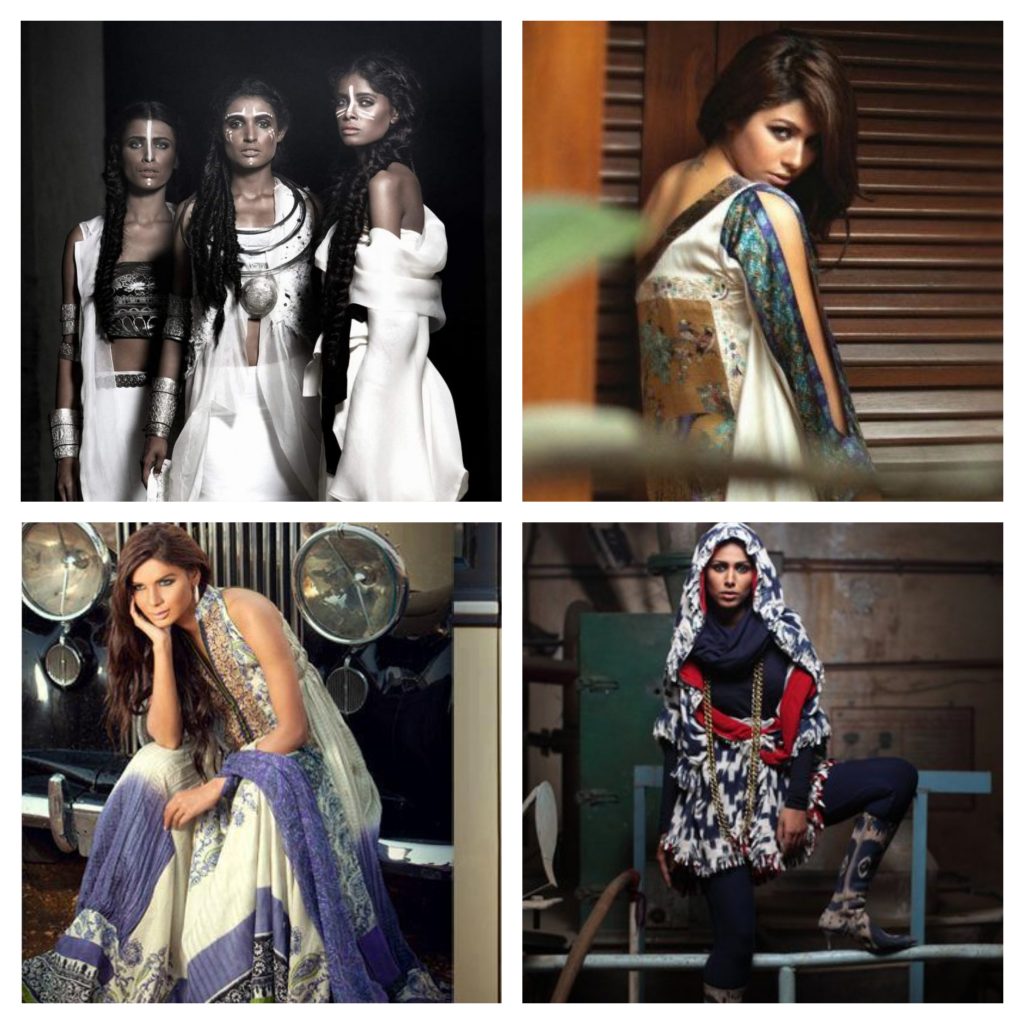
With the 2010s ushering in a new era of fashion, it brought forward fast-fashion as the new way of design. The prêt market became huge, and every major brand scrambled to come up with a collection that would sell off-the-racks.
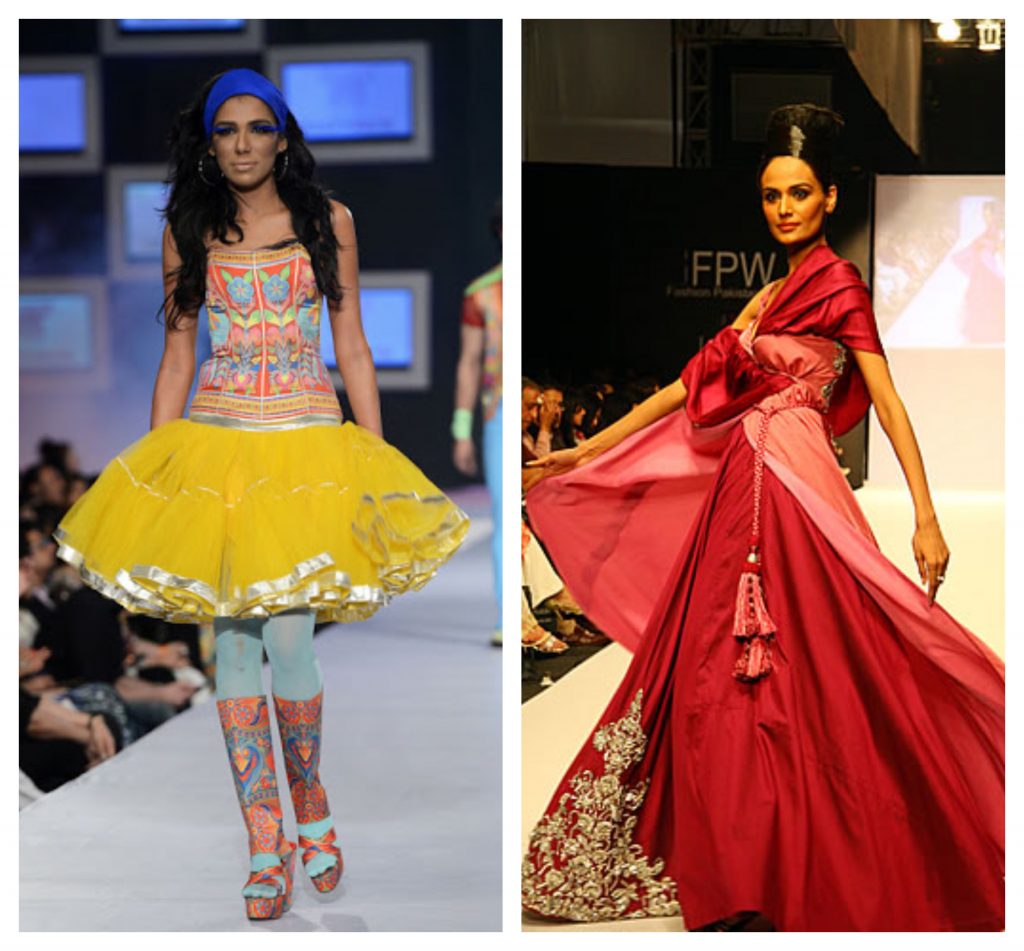
This saw brands like Sapphire, Élan, Sania Maskatiya, Agha Noor, J., Khaadi, Generation, leading the way into the new era.
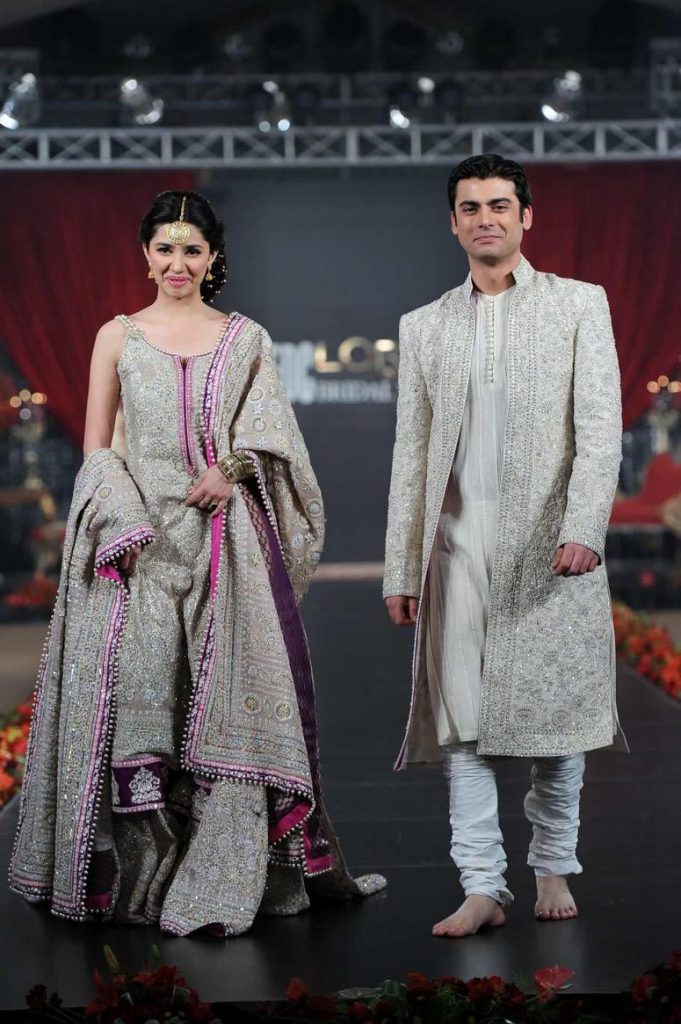
The 2010s also saw the amalgamation of fashion with television and cinema once again, and many of Pakistan’s new-age superstars started sashaying down the runway in couture ensembles that were specially made with them in mind.
The 2020 – The Way Ahead
The 2020s as a decade have started by being one of the most troubling times for the country. The ongoing COVID-19 pandemic has had a negative impact on the growth of the fashion industry, and it has left the designers questioning many old ways and their future survival.
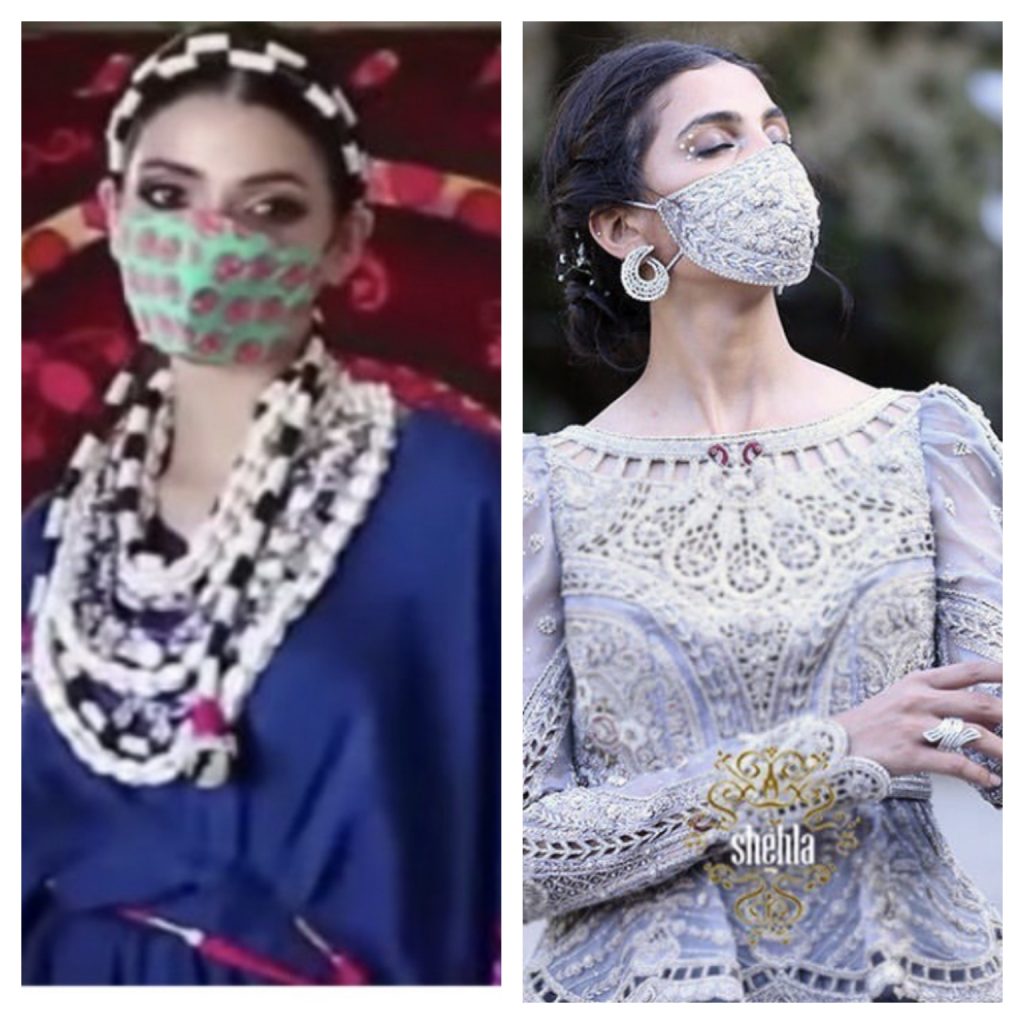
The era, however, has just started, and the trends would definitely keep going through their evolution as the years go ahead. One thing remains for sure however, the 2020s will bring in yet another new revolution into the market with the age of digital rising to new heights, along with the post-COVID-19 world putting new SOPs in place.
Have anything to add to the story? Tell us in the comment section below.

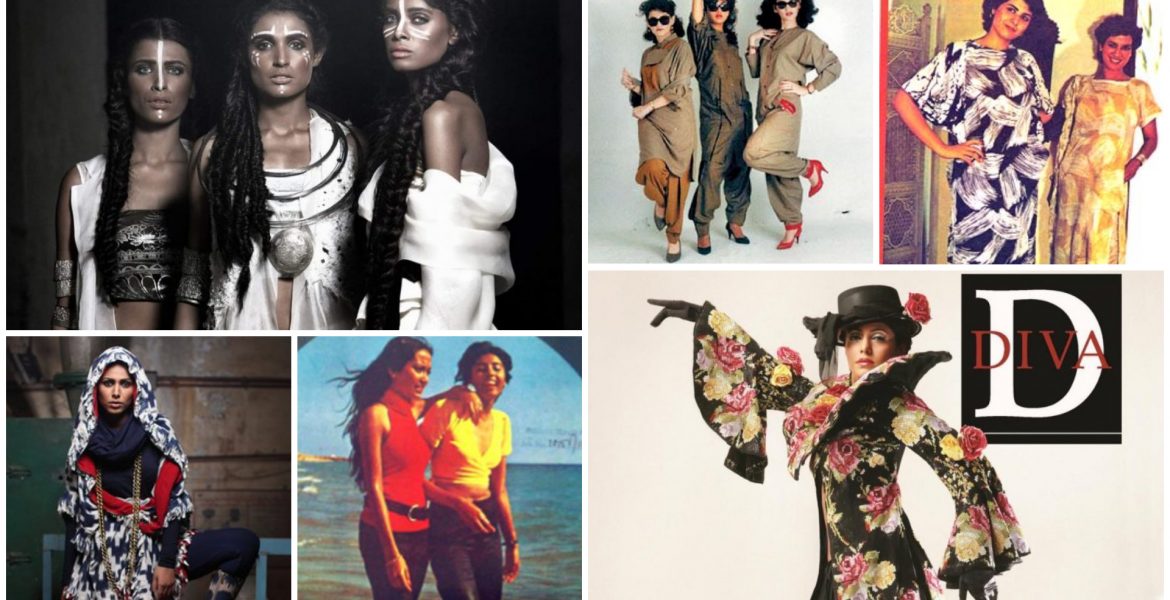
The Pakistani fashion industry has witnessed some revolutionary changes. Pakistani designers have adapted to different social & political changes by creating new jaw-dropping designs. I think the most disruptive changes happened in the avantgarde area.